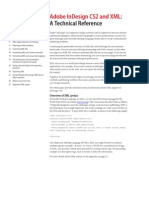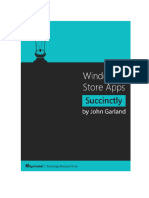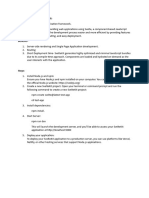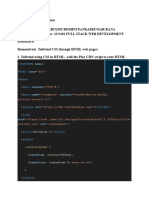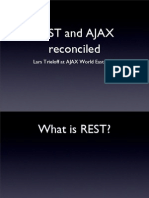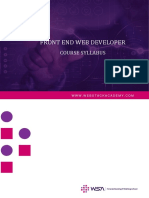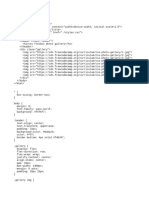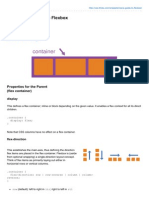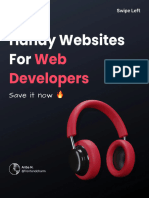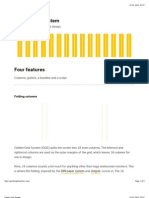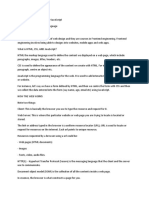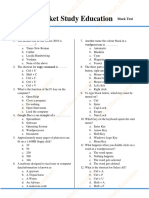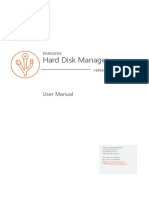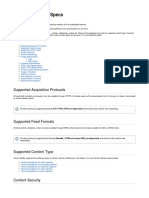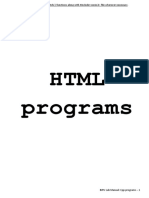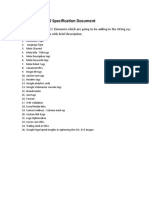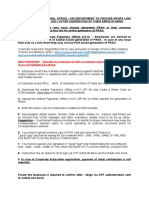Complete Guide to Web Development: HTML, CSS, and JavaScript
Introduction to Web Development
Web development involves building and maintaining websites. Understanding the client-server
architecture
and using tools like a code editor and developer tools are foundational to effective web
development.
This guide covers the essentials of HTML, CSS, and JavaScript to help you build fully-functional
web pages.
HTML (HyperText Markup Language)
HTML structures content on the web. Key elements include tags for headings, paragraphs, lists, and
links.
Understanding semantic HTML (header, nav, section, footer) ensures accessible and SEO-friendly
webpages.
* Basic Structure and Syntax
* Essential Tags and Attributes
* Semantic HTML
* Forms and Accessibility
CSS (Cascading Style Sheets)
CSS is used to style HTML elements. Core concepts include selectors, the box model, and layout
�techniques
like Flexbox and Grid. Responsive design with media queries adapts layouts to various screen
sizes.
* CSS Syntax and Selectors
* Box Model (margins, borders, padding, content)
* Flexbox and Grid Layouts
* Responsive Design with Media Queries
* Animations and Transitions
JavaScript Basics
JavaScript adds interactivity to web pages. Essential topics include variables, data types, control
structures,
and DOM manipulation. Events allow dynamic user interactions.
* Syntax and Variables
* Control Structures (if, for, while)
* Functions and Arrow Functions
* DOM Manipulation and Events
Advanced JavaScript Topics
Modern JavaScript includes ES6+ features like let/const, template literals, and async programming.
Asynchronous JavaScript with promises and async/await enables smoother user experiences.
�* ES6+ Features
* Object-Oriented Programming (Classes, Objects)
* Asynchronous JavaScript (Promises, Async/Await)
* Local Storage and Error Handling
Integrating HTML, CSS, and JavaScript
Creating a cohesive webpage involves integrating HTML, CSS, and JavaScript.
Responsive design ensures adaptability across devices, and debugging tools streamline
development.
* Structuring a Complete Webpage
* Adding Interactivity
* Debugging Tips
Project Examples
Hands-on projects include a simple landing page, a To-Do list app, and a responsive navigation bar.
* Simple Landing Page
* To-Do List App (JavaScript and DOM)
* Responsive Navigation Bar
Best Practices and Resources
Follow best practices to improve code readability and maintainability. Additionally, explore resources
�to deepen your understanding and stay updated on industry standards.
* Code Organization and Documentation
* SEO Basics
* Resources for Further Learning






